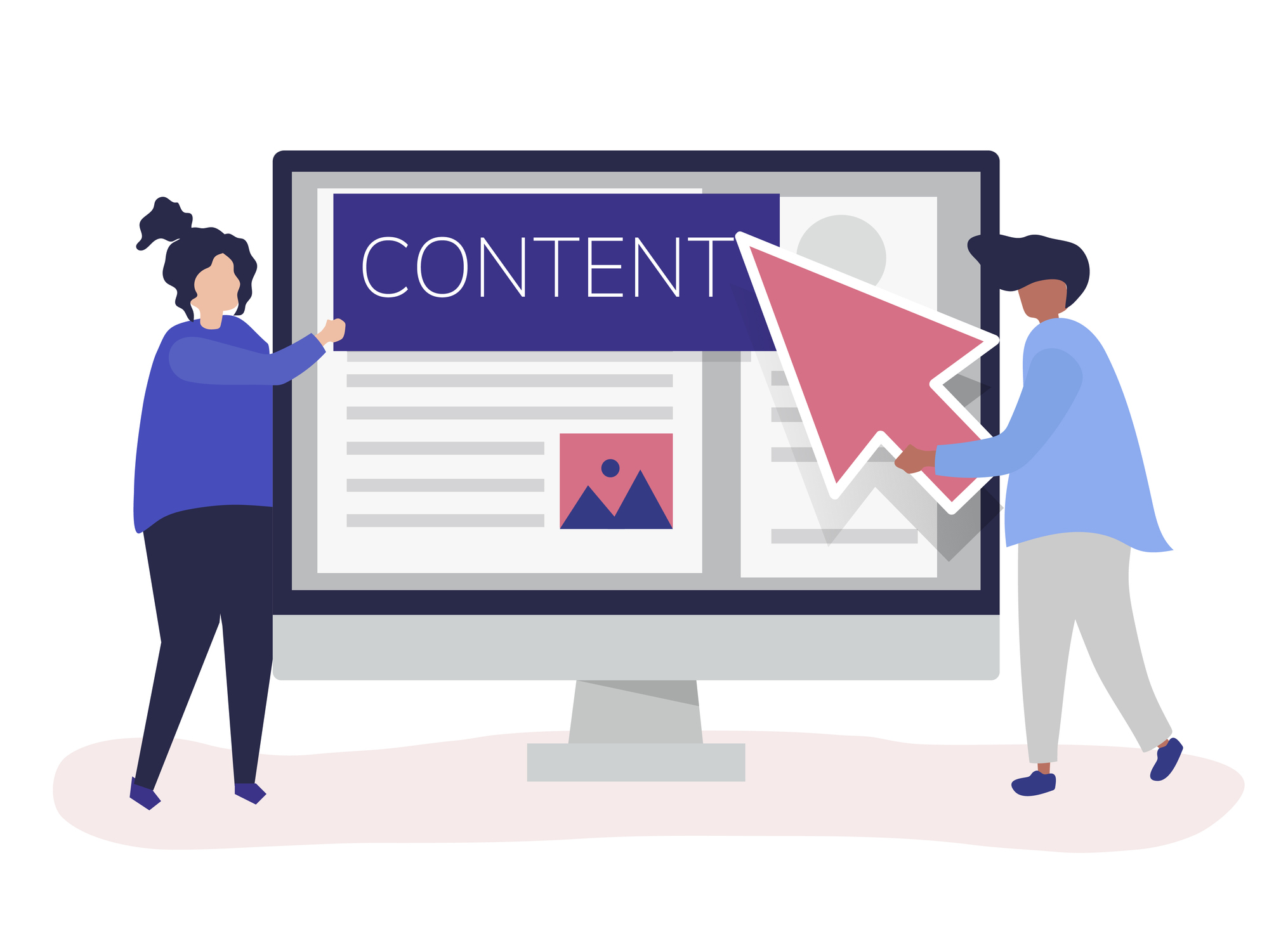Haven’t gotten a chance to read Part 1 yet? Click here!
As you’ll see, we believe in the power of preparation because we know it helps set expectations for everyone involved. As importantly, it presents your marketing and sales leaders as committed professionals that always do their homework.
In most instances, your B2B case study writer will take the lead and ask sales and marketing for direction and background information. To keep the process moving forward, your case study writer will follow up with the various parties.
Let’s get started:
Prepare for the Customer Interview with a Pre-Interview:
Good case study writers always talk to the account manager or sales rep before interviewing the customer, because going into any interview blind is inefficient and ineffective.
Ask:
- When and why did the customer first approach you for help?
- What were their main pain points?
- Why was our solution a good fit?
- What measurable results did they achieve?
- Anything you want to mention about the relationship?
Prepare for the Customer Interview:
Use the account manager’s and sales rep’s responses to create questions for the customer interview. Be aware of the fine line between asking such an open-ended question you get an irrelevant answer and posing such a detailed question, you get a “Yes”, “No.” or “That’s it!” type of response that’s virtually useless.
Create two sets of interview questions – one for the interviewer/writer and one for your customer. The interviewer’s version includes follow-up questions that can be used to prompt the customer if they forget to mention something.
- The customer’s question list is shorter and simpler.
- Send the customer the interview questions five business days before the interview. It sets expectations and if you confirm receipt, it’s a gentle reminder to take a look at them.
- It’s a courtesy and they do appreciate it.
- It creates transparency.
- It starts building trust.
Interview Tips:
- Ask smart questions designed to get a specific answer.
- Turn your interview into a conversation.
- Feel free to deviate from the standard question-and-answer format.
- Ask at least one follow-up question for every answer because:
- You confirm you understood correctly.
- You get new information and unexpected anecdotes.
- You build trust.
- You get them to open up.
- Be yourself. The people you’re interviewing tend to respond in kind.
The best interviews result in B2B case studies that spark comments like these:
“How come my customer never told me their profits increased 30% thanks to our software?”
“I had no idea our software helped that customer triple sales during the pandemic!”
So why are customers more open and transparent with a virtual stranger, the case study writer, than with the account managers they’ve worked with for years?
- It’s nothing personal: They forgot to tell you. They didn’t think of it. They figured you already knew. YOU didn’t ask!
- You didn’t ask. Case study writers always ask! It’s their job to ask specific, direct relevant questions and they almost always get answers.
- The interview is all about the customer. The case study writer is ready to listen and has dedicated 30 to 45 minutes to really hear them.
- A fresh set of ears. Customers tend to start at the beginning and share more information when they know their story is new to the listener. They make fewer assumptions about what the interviewer may or may not know.
What do you need in a B2B case study writer:
You know your sales team needs B2B case studies and you know your marketing team is swamped – that makes it the exactly the right time to outsource.
Ideally, your case study writer is a professional writer, who has written dozens if not hundreds of case studies. B2B case studies require specific skill sets, such as interviewing and storytelling, that are tailored to a business audience. Good interviews uncover the hard numbers and anecdotes that ensure case studies get read so that they can inform and influence prospects and buyers.
A journalist that has written for business and trade magazines is typically a good option, but beyond that, how do you know if this is the case study writer for you?
Excellent interviewing skills:
- Your writer needs to ask smart questions.
- Know when to push for a little more detail.
- Turn interviews into casual conversations.
- Ask follow-up questions.
- Read the customer’s tone of voice and responses and adjust their interview style accordingly.
Superior writing and storytelling:
How do you know if the individual is a good writer and more importantly, a good B2B case study writer?
Simple – read the writer’s case studies:
- If you got bored – keep looking.
- If you’re confused and have to think too hard – you don’t want that writer.
- Did the case studies answer the questions your buyers and prospects typically ask? Did you enjoy [have fun] reading them? If the answer is yes – you’ve likely found your B2B case study writer!
Why are format and design so important?
Too much screen time! Digital distraction! Information overload!
That’s life these days and that’s why your case studies need to get, and then keep, your prospects’ attention.
It all starts with the design and layout:
- Visually appealing design. Unless your content looks FABULOUS your prospects will just keep on clicking. Catch their eye and make the right first impression.
- Headlines, images, photos, lists, pull quotes and more... These design elements pull your prospects in, tell them a story and make your case study easy to read.
- Logical layout. Sensible and logical sounds boring but it’s actually really smart. It highlights the information that matters to prospects, helps them find it in every single case study and leads them through the case study story.
When developing an effective design and layout, where do you start?
That’s easy!
Think like your prospects! Ask the questions your prospects always ask, then answer them.
If you get stuck – talk to your sales team – they know your prospects better than anyone else.
To find the format that’s right for your prospects:
- Stick to the basics. Pretty much every case needs the customer profile, challenges, solution and results because these basic facts will answer your prospects’ most frequently asked questions. Customize the content for your SaaS and prospects.
- Use that first page/screen: People tend to start at the beginning – so put the most compelling information – the results and challenges – on the first page. Never ever bury it on the next screen or last page. It’s highly unlikely they’ll keep clicking or scrolling to find it! If they covet those results, they will keep reading to find out how your SaaS helped make deliver those results.
- Consistency is crucial. Put those basic elements in exactly the same spot every time. Prospects need to know where to find the information they depend on to make a buying decision.
- Tweak and evolve. You can be consistent, respect your basic format and still add elements when prospects tell your sales team they want more answers.
- Make your case studies easy to find! Put them on the top rail with their very own button – don’t hide them in Resources, News, Blog, Education…? Ask yourself how many of your prospects will go looking for them? Or will they assume you don’t have case studies?
- Know your prospects: If you recognize your buyers will need a lot of detail before making a significant capital investment, and decades-long commitment to your SaaS, a longer case study makes sense. Conversely, if you realize they’d rather watch than read, create a case study video.
To find out more about how B2B case studies can help your sales team close sales, reach out today.





